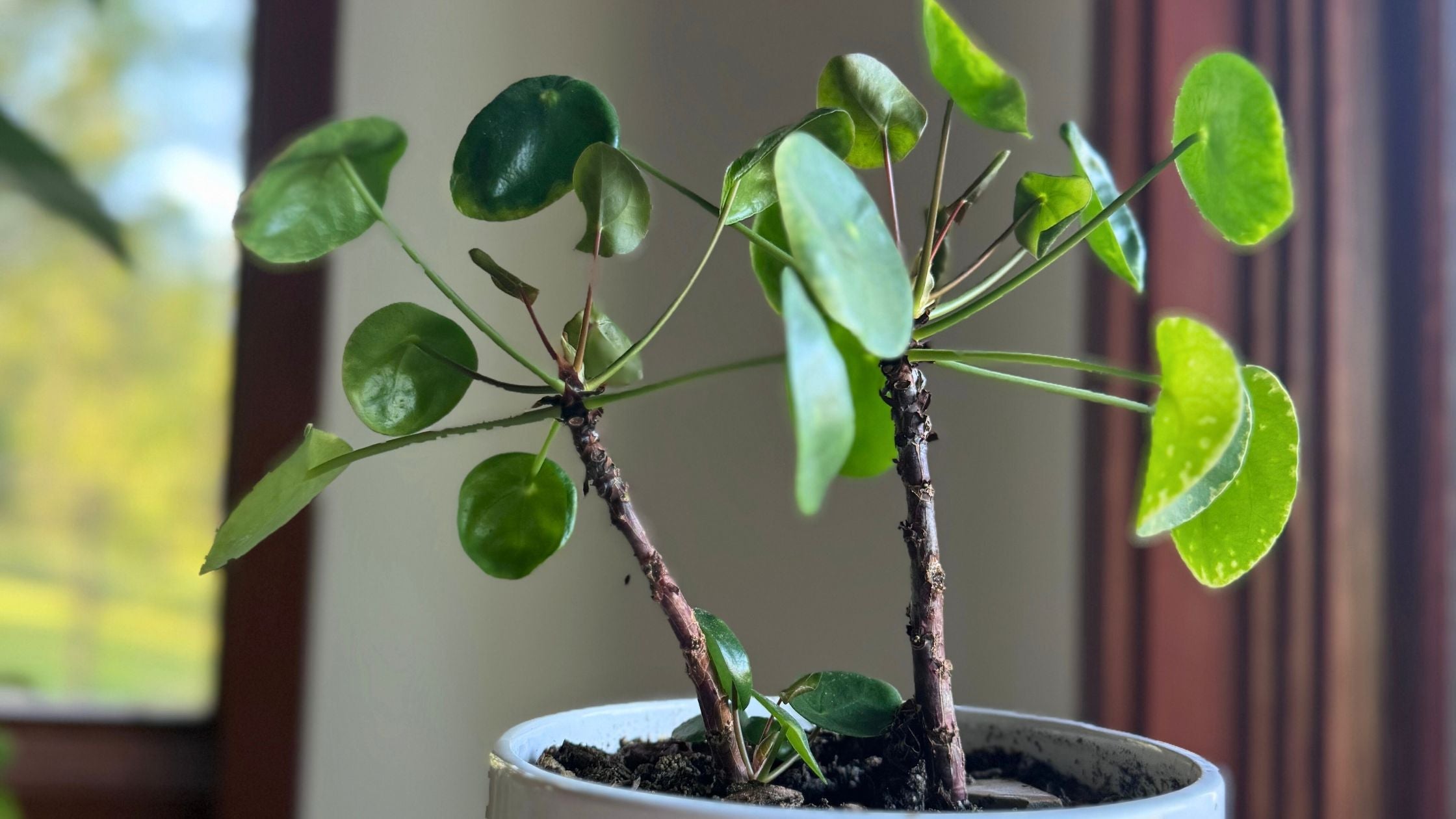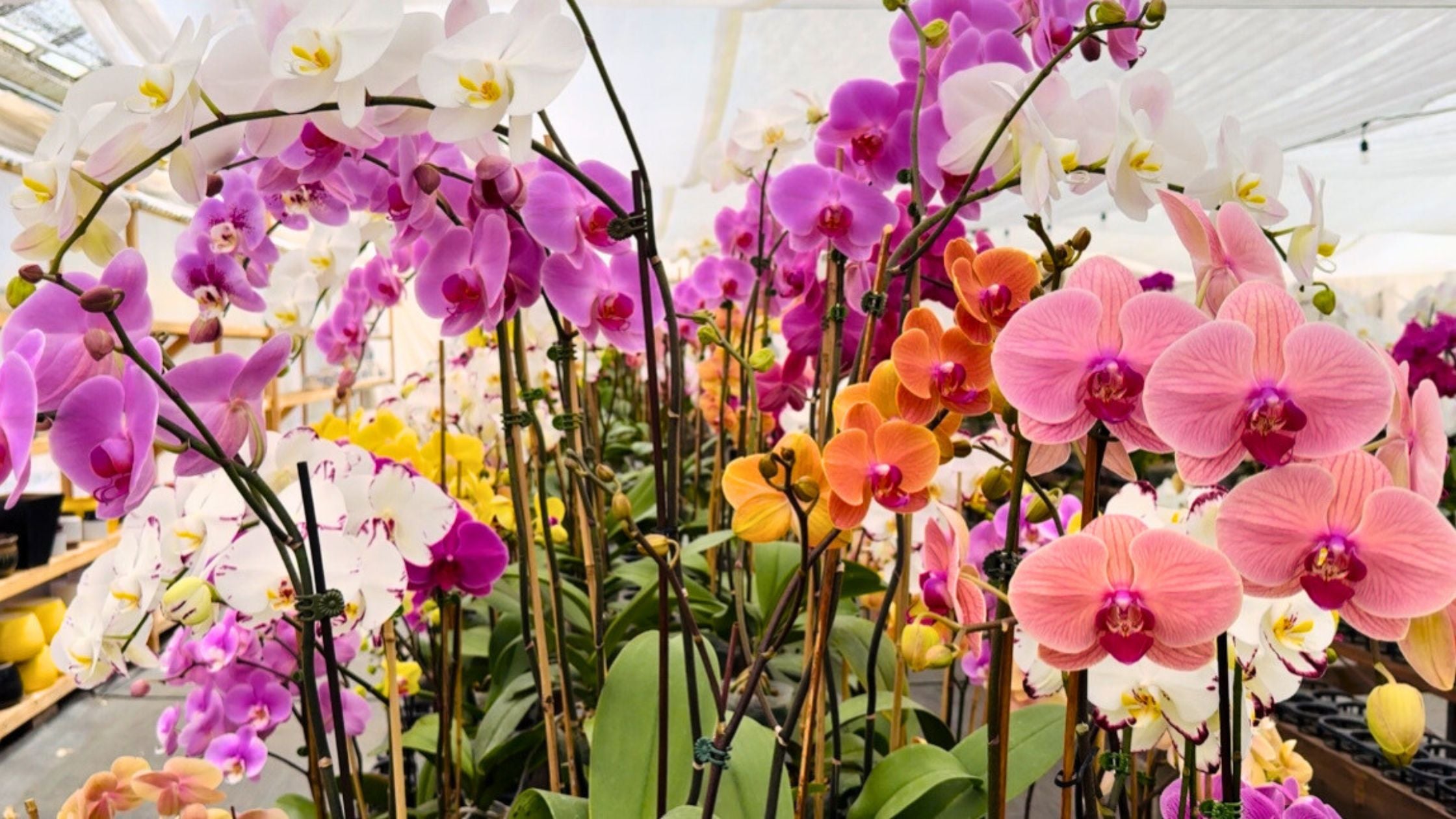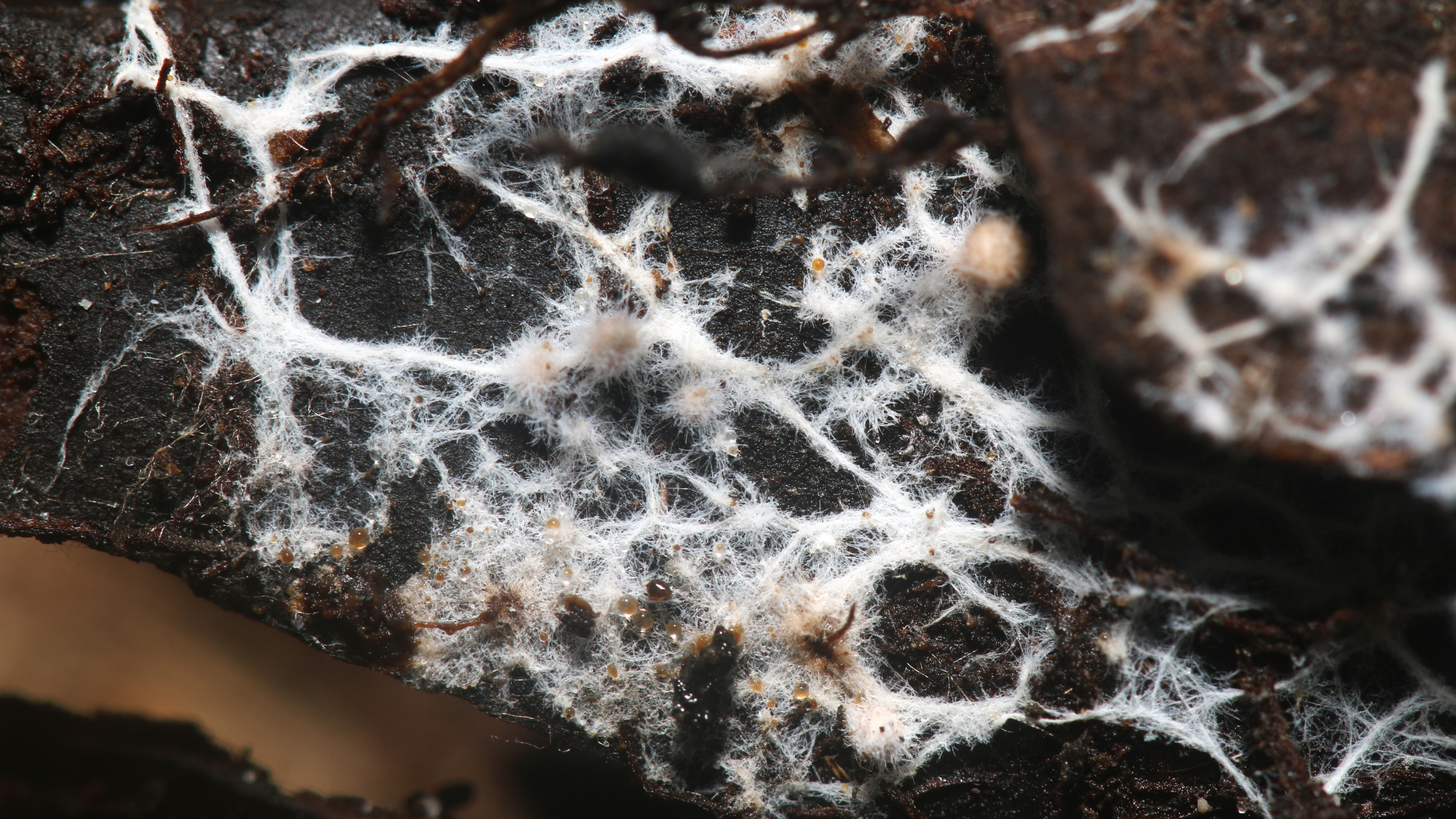
How to Fix Leggy Plants
Long stems and sparse foliage are the telltale signs of a leggy plant. While legginess isn't necessarily detrimental to plant health, it's rarely the aesthetic people seek. Sparse foliage can look frankly a bit sad and, in the long run, might hinder the plants' vitality. Thankfully, there are easy solutions to fix sparse foliage in plants and restore their natural beauty.
Is leggy growth bad?
For most people, the biggest downside of leggy growth is aesthetics. A long-stemmed plant with little foliage looks less attractive than a bushy plant with abundant leaf cover.
Over time, legginess can also be detrimental to plant health. The plant may struggle to support itself, and its flimsy stems can become damaged. Furthermore, the plant will utilize a considerable amount of energy in maintaining/growing all these stems, which could be expended on other essential functions like leaf, root, and flower development.
Why is my plant leggy?
There are many reasons a plant becomes leggy. This is most often due to environmental conditions, but it is also common in plants that lack pruning.
Low light conditions
The most common reason plants become leggy is insufficient light. Plants have an inherent tendency to grow toward a light source, and if it's not easily within reach, they stretch for it. In their attempt to reach more light, they produce large internodes and sacrifice leaf development along their stem. We wrote an article about nodes and internodes if you want to learn more about them.
Insufficient pruning
Leggy growth can also occur from a lack of pruning, especially if a plant has never been "topped" to promote lateral branching.
Excess fertilizer
If your soil has too much fertilizer, it can become leggy. Excess quantities of nitrogen are a common culprit of leggy growth as it stimulates vegetative growth. Thankfully, this usually means your plant is healthy and has no trouble absorbing soil nutrients!
Other environmental factors
High temperatures, excess moisture, lack of air circulation, and many other environmental factors can promote legginess. In some cases, this can be difficult to treat, but pruning, as previously discussed, is generally an excellent way to remedy these issues.
How to fix leggy plants
Improve Light Conditions
The best way to fix legginess caused by lack of light is to move your plant to a sunnier place. This reduces stem elongation and promotes branching. Combined with a bit of pruning, this can go a long way.
Prune and propagate
- Chop and propagate - Leggy growth can be a perfect opportunity for propagation. Chopping leggy stems will stimulate the mother plant's nodes (growth points) to wake up. Check out our post, which will teach you everything you need to know to propagate your plants by cutting.
- Topping is a type of pruning that entails cutting off the top part of a stem or branch. Removing this growing tip stimulates nodes from lower down on the stem to grow and branch. In some cases, topping might only involve cutting a couple of inches off the top; in others, it could mean a couple of feet. Other forms of pruning, such as removing dead stems and sickly leaves, can also open sunlight to the plant stem and promote branching.
- Air layering is a fantastic way to propagate plants. It's like taking a cutting, except you encourage root growth on a section of the stem while still connected to the mother plant! See our article on air layering here. Once you have new roots, you can cut off and repot the "new" plant. The cut will prime the mother plant to create new branches.
Use keiki paste
Keiki paste is a great way to promote bushier growth. Simply apply a small dab onto dormant nodes and watch them wake up within the next 1-3 weeks. This hormone-based paste will encourage your plant to focus its growth on the nodes where it has been applied.
Keiki paste is one of the easiest ways to promote bushy growth with minimal intervention. If you're curious about keiki paste, check out our article, which tells you everything you need to know about keiki paste.
Get Crazy Keiki Cloning Paste here.
Do nothing
Sometimes, legginess is natural and actually in the best interest of the plant's health. If the legginess isn't cumbersome to you, and the plant looks otherwise healthy, you can leave them as is.
Leggy growth is a natural response to environmental conditions and can often be fixed through simple management. Improving light availability, pruning, and the strategic use of keiki paste are all great ways to remedy leggy growth.



Leave a comment
This site is protected by hCaptcha and the hCaptcha Privacy Policy and Terms of Service apply.